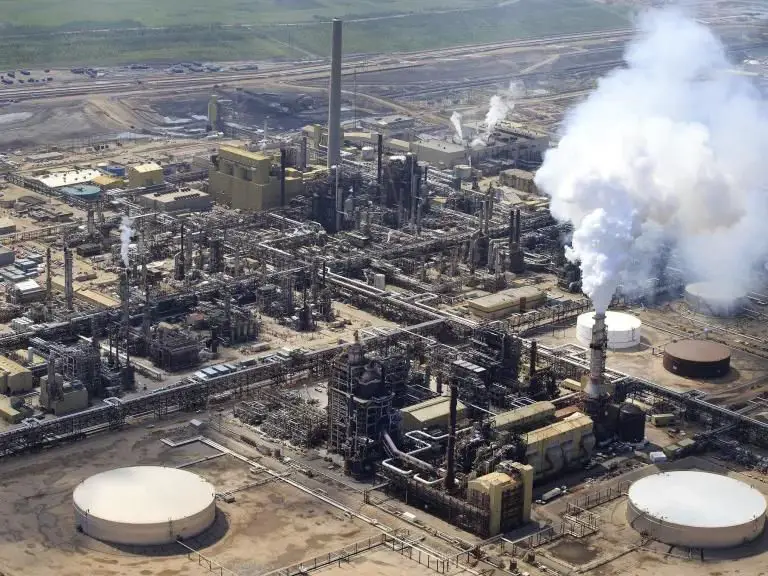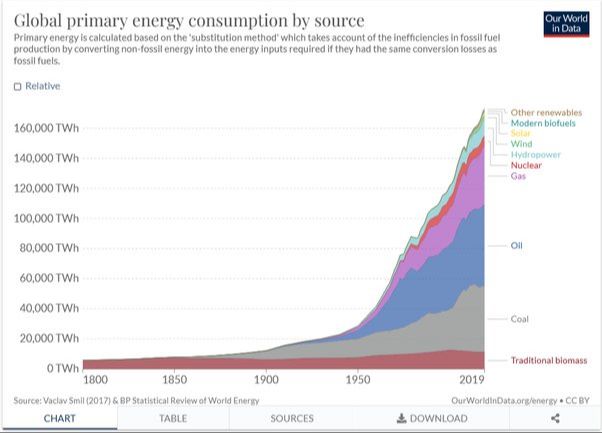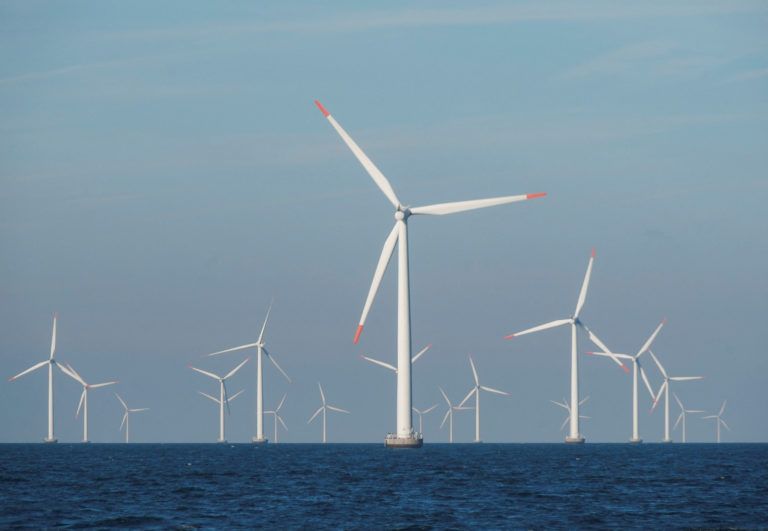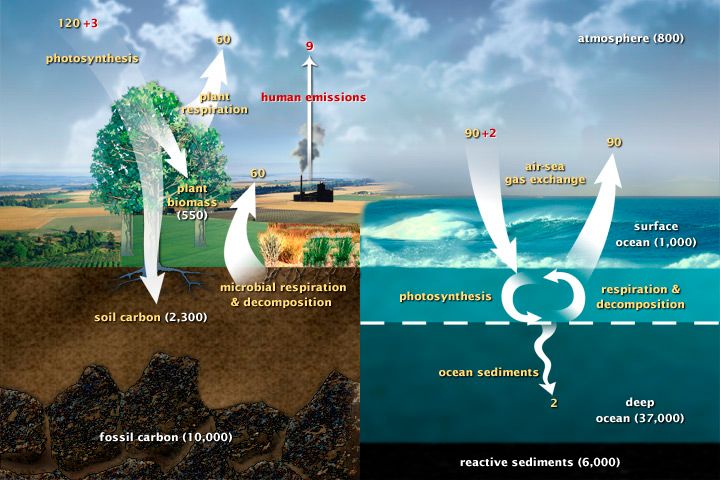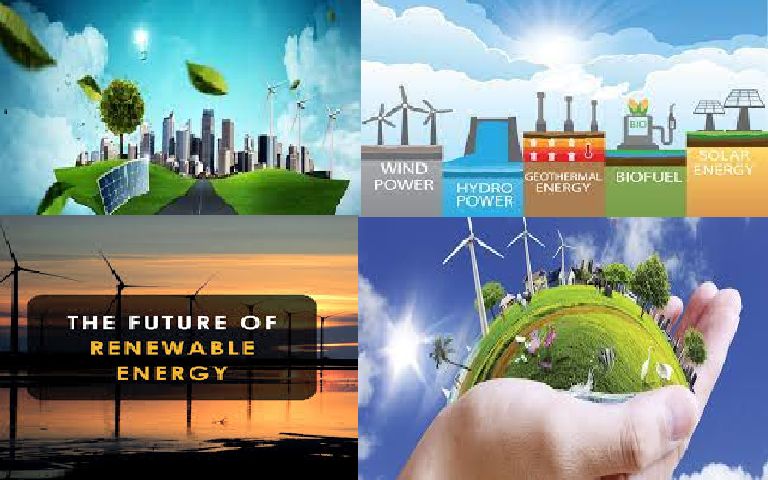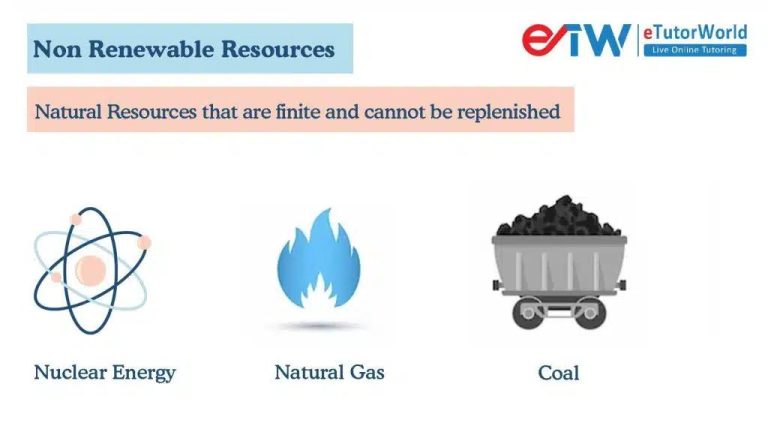What Is The Lifespan Of Renewables?
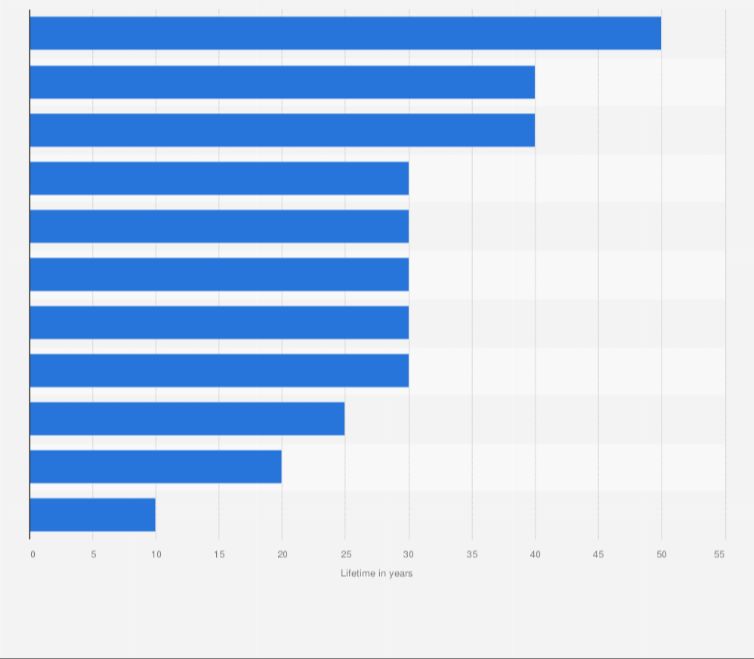
Renewable energy comes from natural sources or processes that are constantly replenished. The five major renewable energy sources are solar, wind, water, geothermal, and biomass. Unlike fossil fuels, renewable energy sources are constantly renewed and will never run out. Understanding the lifespan of renewable energy technologies is important because it allows us to evaluate their long-term sustainability and economic viability compared to conventional power generation.
This article will provide an overview of the typical lifespans of major renewable energy technologies, including solar panels, wind turbines, hydropower facilities, geothermal plants, and biomass generators. It will compare the lifespans of renewables to each other and to fossil fuel plants. The economic implications of lifespan, such as return on investment, will be analyzed. The environmental impact of renewable energy lifespan will also be explored.
Solar Panels
The typical lifespan of solar panels is 25-30 years (Energysage, 2022). However, with proper maintenance, solar panels can last over 40 years (Sunrun, 2018). There are several factors that affect the lifespan of solar panels:
Degradation – All solar panels experience degradation, which is a slow decrease in power output over time. The average degradation rate is around 0.5-0.8% annually (IGS, n.d.). After 25 years, panels may still produce around 80% of their original rated power output.
Weather – Exposure to extreme weather can accelerate degradation and reduce lifespan. Hotter temperatures, moisture, and hail storms take a toll on solar equipment over time (Energysage, 2022).
Maintenance – Regular inspections, cleaning, and repairs can significantly extend the lifespan of solar panels. Checking electrical connections, replacing damaged parts, and removing debris helps maintain optimal performance (Sunrun, 2018).
Quality – Higher quality solar panels with robust components tend to have longer lifespans of up to 40 years. Cheaper low-quality panels may need replacement sooner (IGS, n.d.).
Proper maintenance is key to maximizing solar panel lifespan. Simple cleaning, inspections, and repairs make a big difference over decades of operation (Energysage, 2022). With care, solar panels can keep producing clean energy for 30 years or more.
Wind Turbines
The typical lifespan of a wind turbine is 20-25 years, though with proper maintenance and upkeep they can last over 30 years (https://www.politifact.com/factchecks/2023/oct/30/facebook-posts/wind-turbine-generators-typically-dont-fail-after/). The main factors affecting a wind turbine’s lifespan are the quality of its components, regular maintenance and upkeep, and exposure to weather elements like high winds. Offshore turbines tend to have shorter lifespans of around 15-20 years due to the harsher marine environment.
Regular maintenance is crucial to maximizing a turbine’s lifespan, with most manufacturers recommending maintenance every 1-2 years. This involves inspecting components and replacing any worn parts, lubricating moving parts, and checking control systems and electrical components. More extensive overhauls may be needed every 5-10 years. With regular upkeep, the lifespan can be extended significantly.
However, at some point repair costs make replacing the turbine more feasible. Other factors like improvements in turbine technology can also motivate earlier replacement. While 20-25 years is typical, with the right conditions wind turbines have operated for over 30 years before being decommissioned (https://forcetechnology.com/en/wind-energy/wind-energy-end-of-life).
Hydropower
Hydropower systems rely on flowing water to spin turbines and generate electricity. Hydropower’s lifespan is one major advantage as electricity can be generated consistently for decades without using up any raw materials. The typical lifespan of hydropower systems is 50-100 years with proper maintenance.
There are several factors that affect the lifespan of hydropower systems. The quality of the turbine equipment and regular maintenance are key. Turbines that receive regular maintenance and parts replacement can last up to 80 years. Another factor is the sedimentation build up behind dams, which reduces storage capacity over time. Proper watershed management helps control sedimentation. Lastly, droughts and low water levels can impact output, so lifespan depends on consistent water flow.
Maintenance is important for maximizing lifespan. This involves inspecting equipment for signs of wear and replacing worn parts, lubricating and cleaning turbines, and monitoring and repairing dams and canals. With regular maintenance, hydropower systems can reliably generate clean electricity for many decades.
Geothermal
The typical lifespan of a geothermal power system is over 20 years, with some systems lasting over 30 years (Power Generation). Geothermal systems have a long lifespan because the earth’s internal heat source is constantly renewed and essentially limitless. The underground reservoir is also not depleted over time if managed properly.
Several factors can affect the lifespan of a geothermal system. Regular maintenance of the surface power plant equipment like turbines and pumps is important. Over-utilization can deplete the underground heat faster than it recharges. Corrosion from minerals in the underground fluids can degrade the well bores and piping over time. Proper drilling and casing of wells help prevent this (How to lengthen geothermal well lifespan).
Typical maintenance involves checking and replacing worn parts, cleaning scaling from pipes, and monitoring subsurface pressures and temperatures. Some wells or parts of the system may need to be refurbished or redrilled after 20-30 years of use (Frequently asked questions about geothermal energy). With proper management, the underground heat resource can last for centuries.
Biomass
Biomass power plants typically have a lifespan of 20-30 years according to https://impactful.ninja/the-carbon-footprint-of-biomass-energy/. However, regular maintenance and upgrades can extend the operational lifetime. The main factors affecting lifespan are the quality of the construction, fuel type used, operation and maintenance practices.
Maintenance is crucial for biomass plants. Key maintenance activities include cleaning and replacing components subject to wear and tear like conveyor belts and feeders. Problems like slagging, fouling, erosion and corrosion must also be monitored and managed. With proper maintenance, biomass plants can operate for over 30 years.
The fuel type and quality influences lifespan too. Poor quality fuels with high abrasion, moisture content and ash can lower lifespan by causing equipment wear and slagging. High-quality, uniform, dry fuels like wood pellets help extend lifespan.
In summary, biomass power plants typically operate for 20-30 years but can last longer with high-quality construction, fuel and maintenance. Factors like fuel type, operation and maintenance significantly impact lifespan.
Lifespan Comparisons
When comparing the lifespans of different renewable energy sources, there is quite a bit of variability. According to Global lifetime of energy sources and power plants by type, solar panels tend to last around 25-30 years before needing replacement. Wind turbines have a shorter lifespan of around 20 years. Hydropower facilities can last over 50 years if properly maintained. Geothermal plants can operate for 20-30 years before wells need redrilling. Biomass plants have a typical lifespan of around 25 years.
Solar panels and wind turbines have some of the shortest lifespans, lasting around 20-30 years. Hydropower facilities last the longest at over 50 years. Geothermal plants fall in the middle with operational lifespans of 20-30 years. Biomass plants have lifespans comparable to solar at around 25 years. Proper maintenance and upgrades can lengthen the usable lifespans of most renewable energy sources.
Economic Implications
The lifespan of renewable energy systems has significant economic implications. Renewable sources like solar panels, wind turbines, and hydropower dams require large upfront investments, but have low operating and maintenance costs over their lifespan compared to fossil fuels (Timmons, 2014). For example, the expected lifespan of a solar PV system is around 25-30 years (Wang et al., 2023), while wind turbines can operate for 20-25 years (IRENA, 2016).
The long lifespan allows renewable systems to distribute costs over many years of operation. Even though the levelized costs are competitive with conventional sources, financing the high initial capital costs is a main barrier to adoption. Policy incentives like tax credits, performance payments, and low-interest loans can help improve the economics of renewable projects (Timmons, 2014). The long-term savings from reduced fuel costs and operation and maintenance accrue over time, providing lasting economic value.
Environmental Impact
Renewable energy technologies like solar, wind, biomass, and geothermal provide vast environmental benefits compared to fossil fuels. According to the Union of Concerned Scientists, the life-cycle carbon dioxide emissions of solar panels are estimated between 0.07 – 0.18 pounds per kilowatt-hour, much lower than coal and natural gas. However, renewables do still have some negative environmental impacts that should be considered over their lifespan.
The manufacturing of solar panels and wind turbines uses energy and raw materials that have associated emissions and resource depletion. There are also emissions related to the transportation and installation of renewable systems. At end of life, proper recycling and disposal is important to limit waste. Most solar panels can be recycled, with valuable materials like silicon, silver, and copper able to be recovered.
Overall, studies show renewable energy has a strongly positive environmental impact compared to fossil fuels. But sustainability best practices, such as using renewable energy in manufacturing processes, are important for maximizing benefits over the full lifespan.
Conclusion
In summary, renewable energy technologies like solar panels, wind turbines, hydropower facilities, geothermal plants, and biomass systems have lifespans ranging from 20-50 years. Some key factors that determine lifespan include technology type, location, maintenance and upkeep practices. Though renewable systems have a shorter lifespan than conventional ones, they offer environmental benefits. As technology continues improving, we may see longer lasting renewable energy projects. When evaluating renewable options, it is important to consider total lifespan costs and sustainability. The growth of renewables represents a shift towards thinking long-term about energy’s role in our lives.
Looking ahead, we will likely see ongoing innovation to extend the usable lifespans of renewable technologies while also making them more affordable. Maximizing lifespan will be crucial to making the most of these investments. Policy and incentives will also shape the viability and adoption of various renewable options. Overall, renewables present a sustainable path forward despite their finite lifespans. With proper maintenance and ever-improving technology, renewable energy systems can provide clean power for decades.
Considering lifespan is essential when evaluating energy systems. Renewables offer environmental advantages but require replacement more frequently than fossil fuel plants. A holistic evaluation weighs all factors from sustainability to costs. With thoughtful implementation, renewables can play a pivotal role in transitioning our energy infrastructure while combating climate change.

